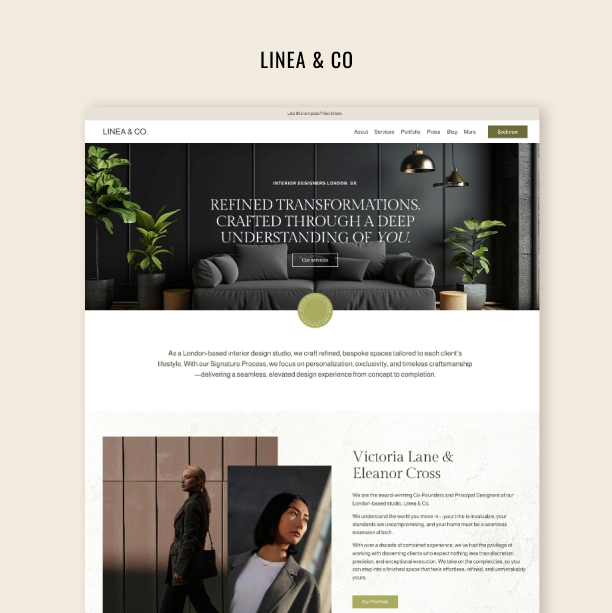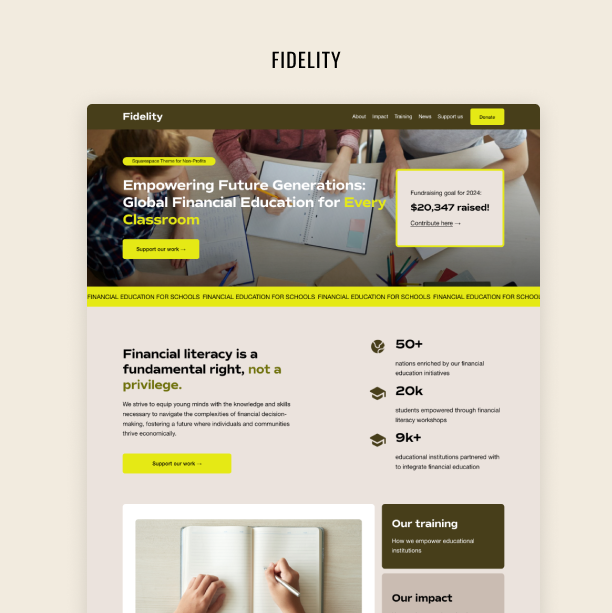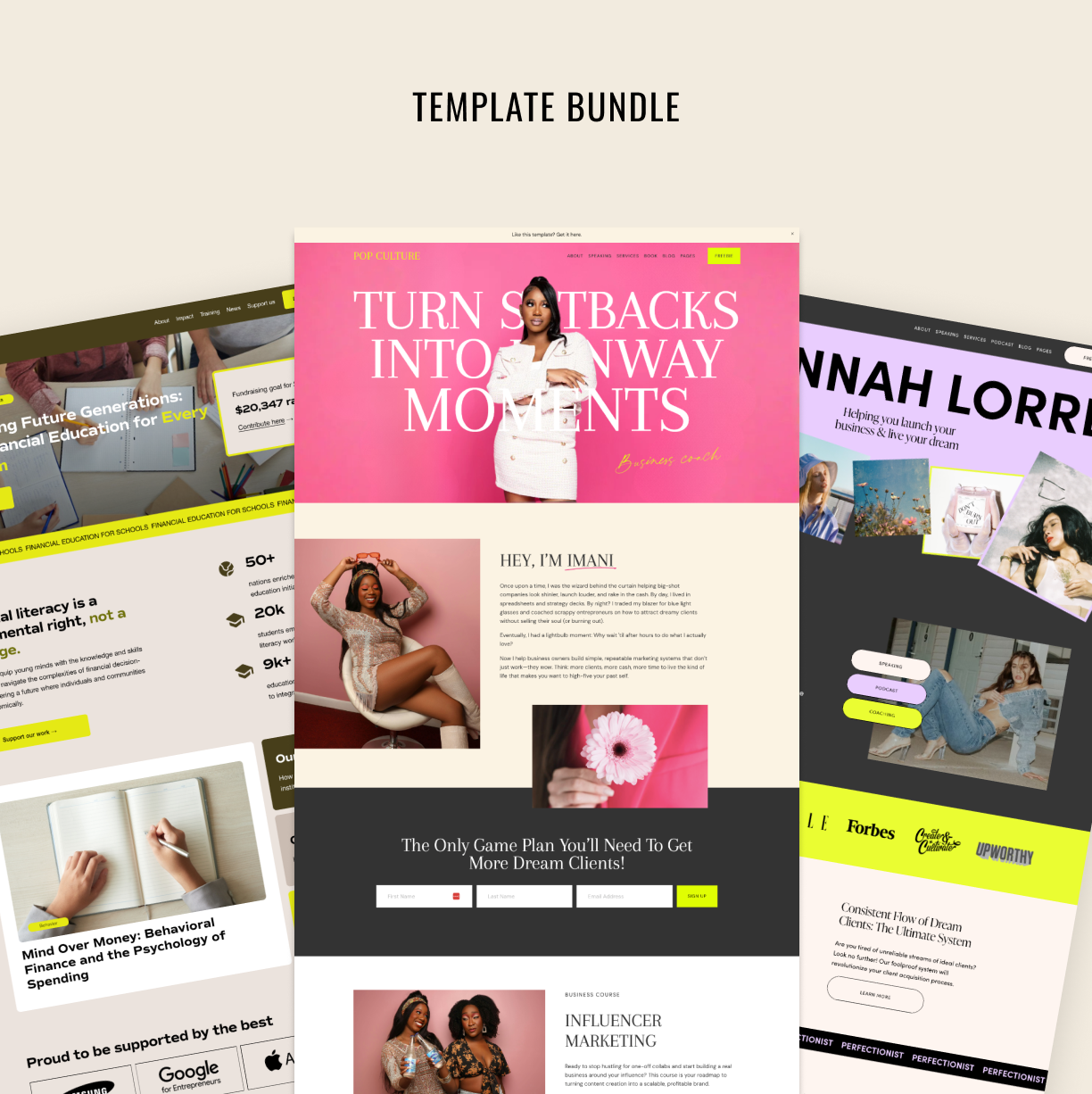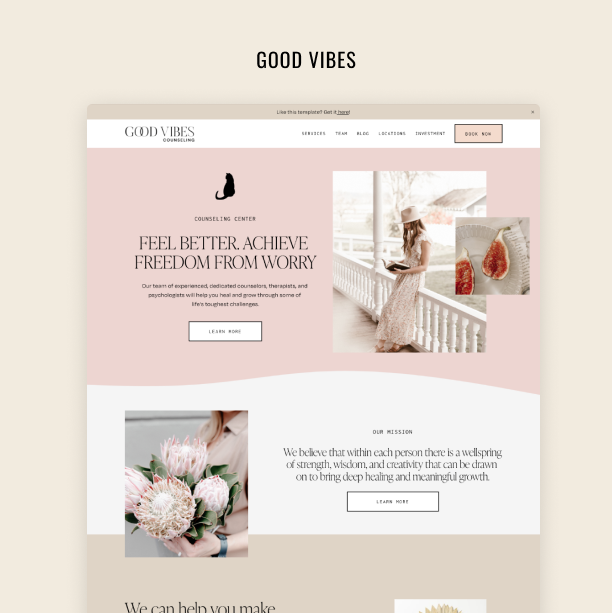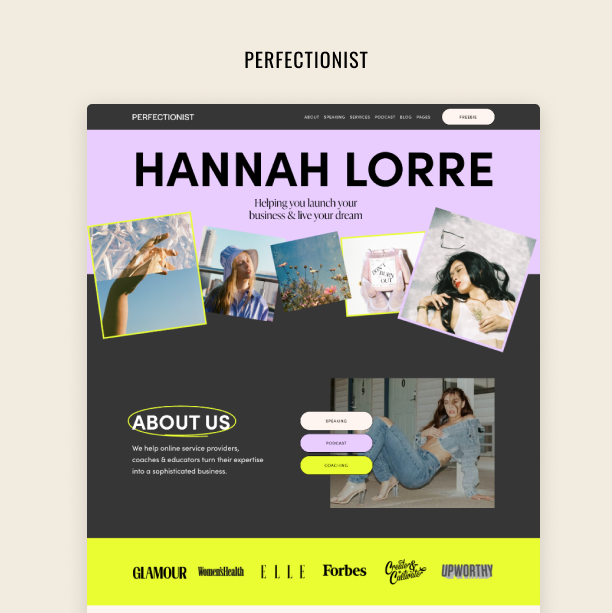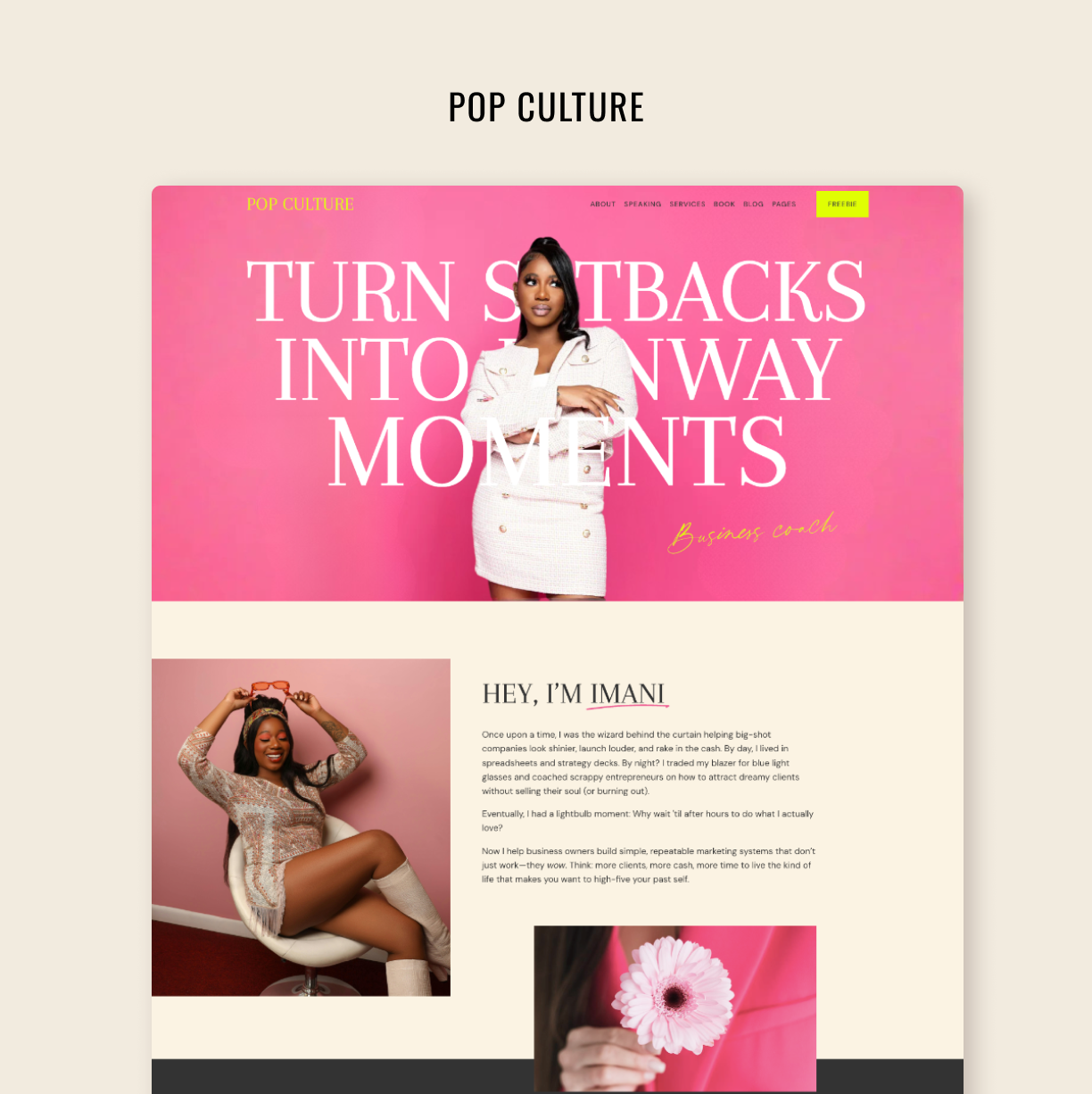How to Give Feedback to a Web Designer
Get the most out of working with a designer
Hiring a web designer is an exciting step for any business. It signals growth, innovation, and a commitment to creating a strong online presence. But working with a designer is also a partnership, one that requires clear communication and constructive feedback to succeed.
Many business owners, especially those hiring a designer for the first time, struggle with providing feedback in a way that helps the project move forward. Whether it’s navigating the line between personal preference and strategic input or understanding how design choices align with business goals, the process can feel overwhelming.
The truth is, that designers thrive when clients give thoughtful, objective, and goal-oriented feedback. In this guide, I’ll share essential tips to help you provide feedback that supports your designer, enhances collaboration, and ensures the success of your project.
1. Negative vs. Positive Feedback: Focus on Business Goals
When giving feedback, it’s important to consider how your comments are framed. There are two types of feedback: negative and positive.
Negative feedback often sounds like, “I don’t like this,” or, “Change that.” While it’s important to communicate dissatisfaction, this type of feedback alone signals to the designer that something isn’t aligning with the project’s objectives.
Positive feedback, on the other hand, might sound like, “I love this direction, let’s keep going,” or, “This really captures what I was envisioning.”
To make negative feedback constructive, connect your comments to your business and marketing goals. For example, instead of saying, “I don’t like this design,” you could say, “I’m concerned this doesn’t speak to my target audience. Could we explore a style that feels more playful or approachable?”
By rooting your feedback in objectives, you give the designer a clear sense of direction while allowing them the creative freedom to interpret your goals visually.
2. Avoid Micromanaging and “Pixel-Pushing”
Feedback like, “Let’s move this button here,” or, “Swap this image,” may feel actionable but often misses the mark. This type of granular input — commonly referred to as micromanaging or “pixel-pushing”— can stall progress and drain a designer’s creativity.
Designers put significant thought into their decisions, often justifying them with data and aligning them with your business objectives. When you focus on details like button placement or color changes without explaining your goals, you ask the designer to make surface-level tweaks that don’t contribute to the bigger picture.
Instead, share the why behind your feedback. For example:
“I’d like this section to feel more dynamic. Can we add a pop of contrast to draw attention?”
“This font feels too modern for my brand. I’d prefer something more playful that connects better with my audience.”
When you communicate your intentions, your designer can adjust the project in ways that align with your vision and move the project forward meaningfully.
3. Provide Specific and Actionable Feedback
Good feedback is specific, actionable, and tied to your project’s goals. Let’s look at some examples of how to provide clear input:
Instead of: “I don’t like this color. Let’s try red.”
Try: “The majority of my target audience is women, and I think red will resonate better with them. Could we explore adding warmer tones?”Instead of: “I don’t like this font. Let’s replace it with something bigger.”
Try: “This font feels too modern. I’d prefer something more playful because I think it will resonate better with my audience.”Instead of: “I want this design to pop more.”
Try: “I’d like more contrast to make the visuals stand out.”
By focusing on the why rather than the what, you empower your designer to make decisions that align with both your aesthetic preferences and strategic goals.
4. Separate Content Feedback from Design Feedback
Design and content are closely linked, but they require different types of feedback. Design refers to the layout, fonts, colors, and visual elements, while content includes the text, images, and other assets that populate your website.
Content affects the way designers structure your website. For example:
A concise message might lead to a clean, minimal layout.
Adding more text might require a redesign to maintain balance and readability.
If you find yourself saying, “I don’t like this design,” ask yourself if it’s actually the content that feels off. You might realize it’s not the layout or visuals but the messaging that needs adjustment.
Try saying: “I like the design, but I think the content could be stronger. Let me provide new text for this section.” This approach keeps feedback clear and actionable, helping your designer focus on refining the design while you work on improving the content.
5. Treat Your Designer as a Marketing Partner
A great web designer is also a marketing professional. They understand how to use design to achieve your business objectives, whether that’s increasing sales, growing your audience, or improving user engagement.
To make the most of their expertise, involve them in strategic conversations. For example:
If your goal is to sell more services, ask: “How can we structure the website to increase conversions?”
If you’re launching a new product, ask: “What’s the best way to showcase this to my audience?”
By treating your designer as a marketing partner rather than just a “pixel pusher,” you’ll gain valuable insights that go beyond aesthetics. This collaboration can lead to a more effective, goal-driven website.
6. Learn to Let Go and Trust the Process
Delegation can be challenging, especially for first-time business owners. Design is subjective, and every designer brings their own perspective to a project. If you gave the same brief to ten designers, you’d get ten unique results.
The trick to working with a designer is to trust their expertise. When you hire someone, you’re not just selecting their skills – you’re choosing their style and creative approach. Once you’ve communicated your vision and goals clearly, it’s best to step back and let them do what they do best.
Provide specific direction at the start of the project, such as:
“I’d like the overall look to feel warm and inviting.”
“Let’s stick to neutral tones for a professional vibe.”
From there, resist the urge to micromanage. Trust your designer to interpret your brief and bring it to life. By doing so, you’ll avoid unnecessary feedback loops, get your project completed faster, and ensure the final result is polished and cohesive.
Conclusion
Giving feedback to a web designer is an art in itself. It requires balance – offering clear, actionable insights without stifling the designer’s creativity. By focusing on business objectives, separating content from design, and trusting the process, you’ll foster a collaborative relationship that leads to the best results.
Remember, your designer is more than just a creative – they’re a strategic partner who can help you achieve your goals. By providing thoughtful feedback and trusting their expertise, you’ll not only end up with a stunning website but also one that drives real results for your business.
Try Squarespace for free – and save 10% when you purchase a subscription with code APPLET10






